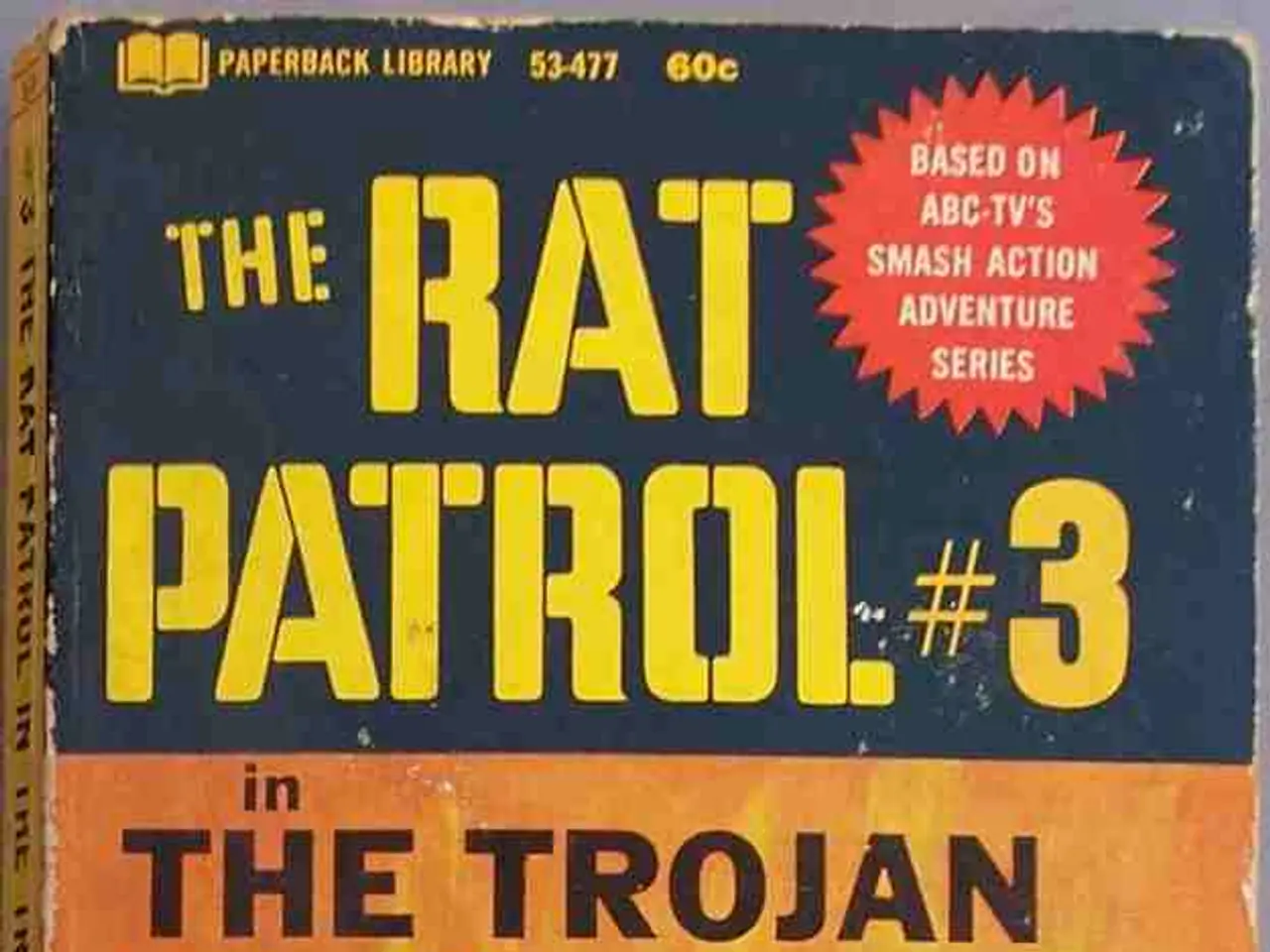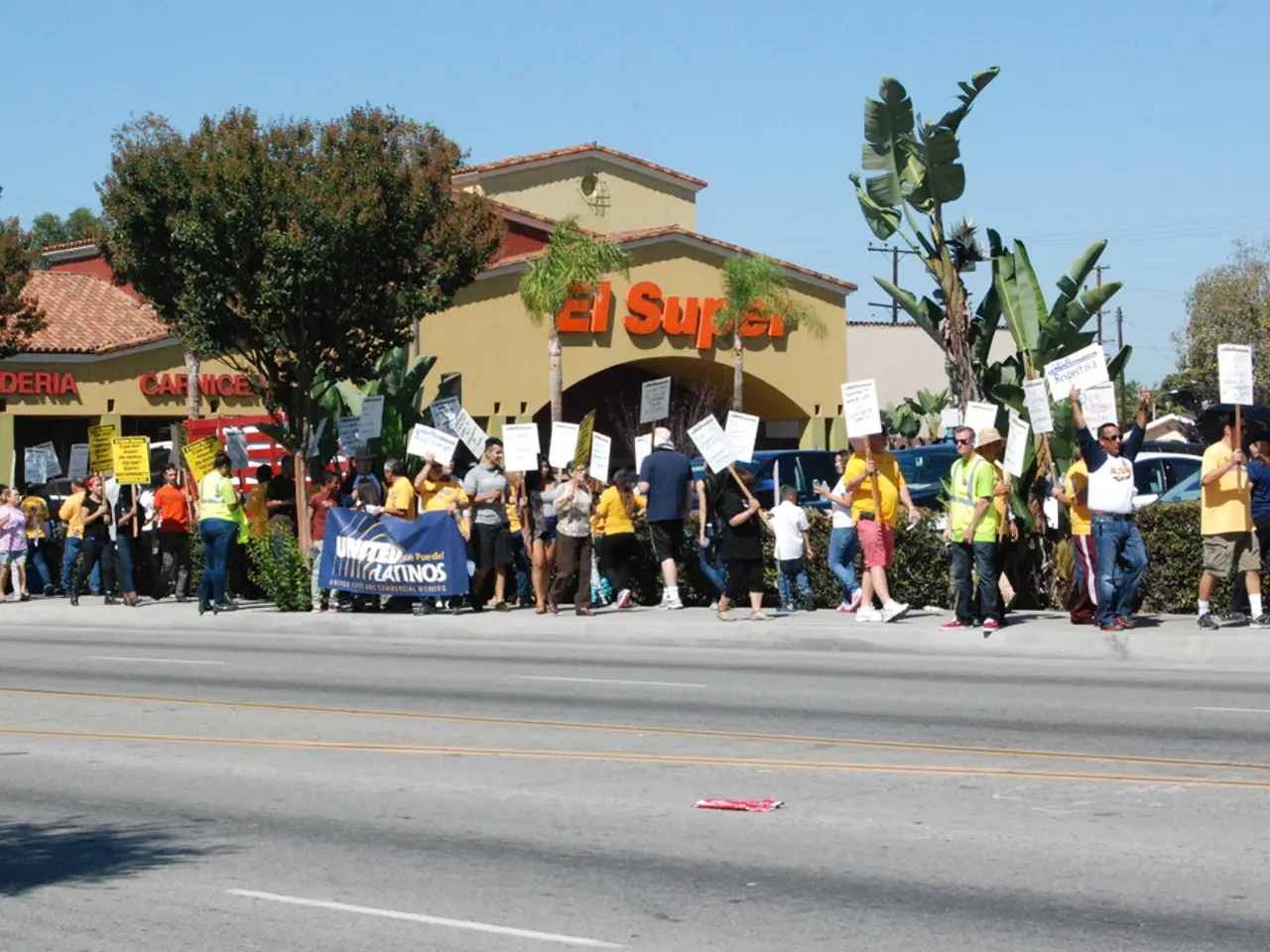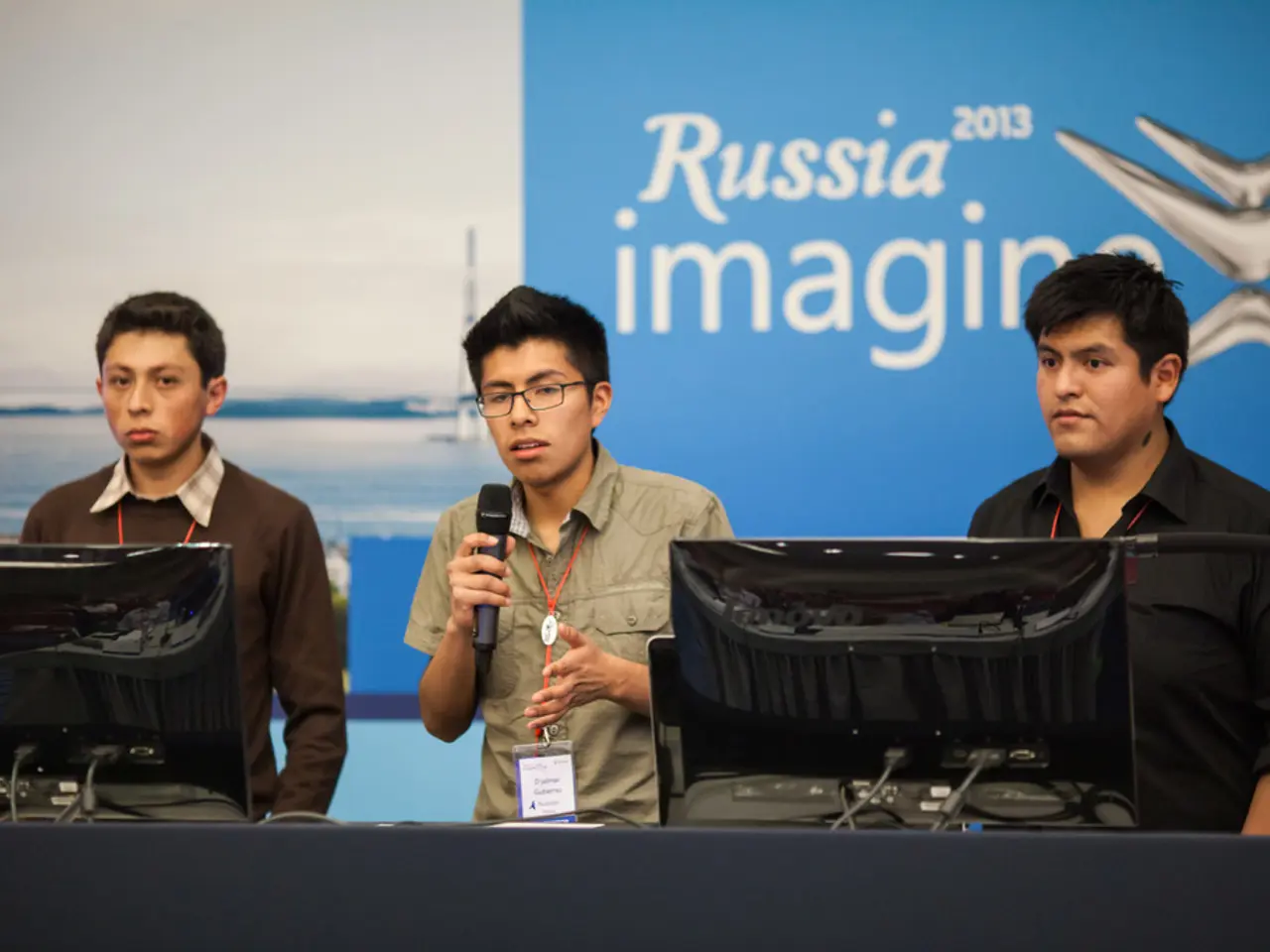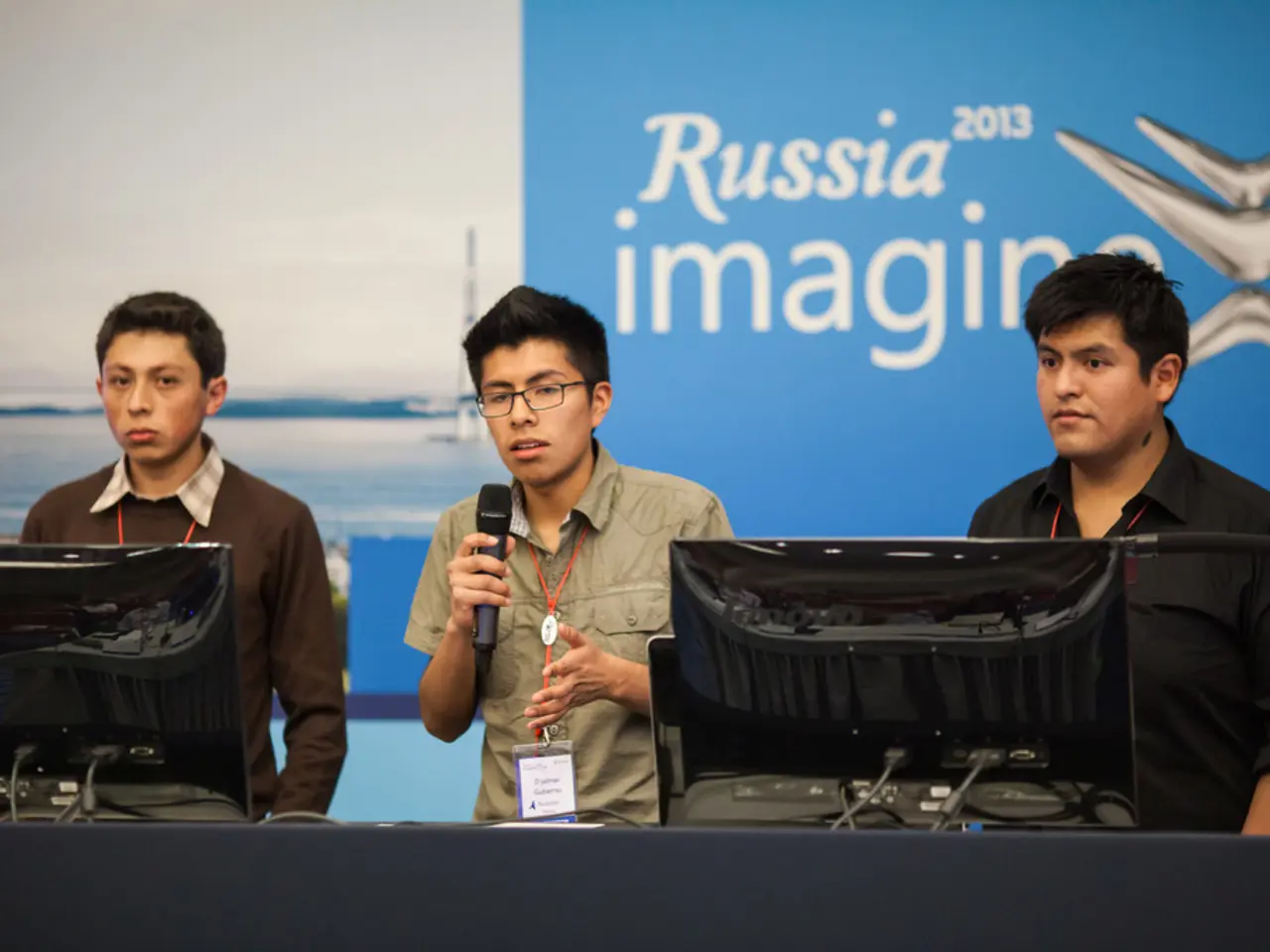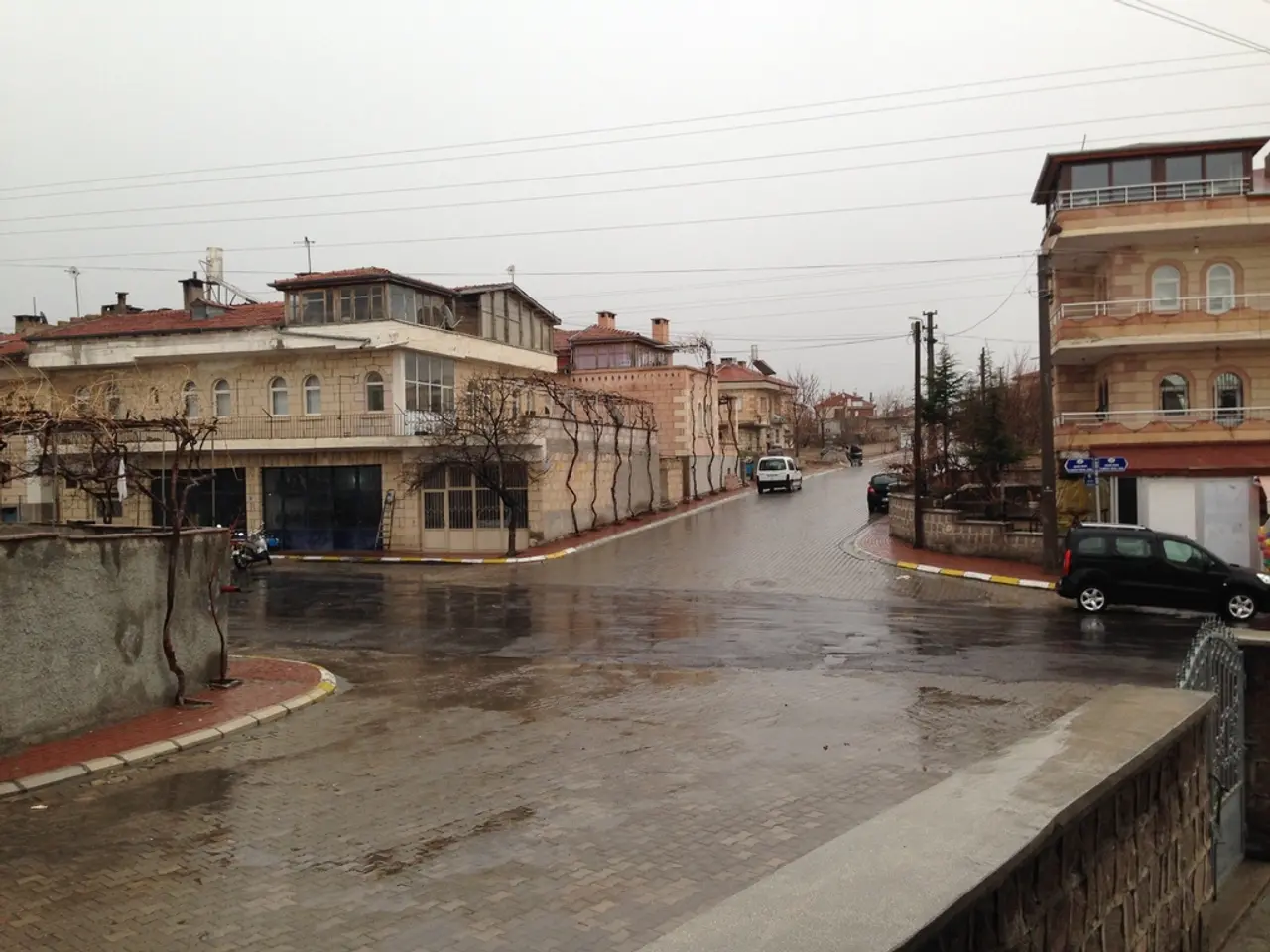Unseen Wounds: The Distressing Saga of Prisoners of War Captured by Russia and the Persistent Hardships Encountered by Those Who Have Been Freed
In the ongoing conflict in Ukraine, a significant number of individuals have been captured and held as prisoners of war (POWs). The exact number of prisoners captured by either Russia or Ukraine is unknown, but it is estimated to be in the thousands [1]. Recently released Ukrainian POWs face a daunting task in adjusting to life after captivity, having endured severe physical and psychological trauma due to systematic torture, abuse, neglect of medical care, and inhumane conditions while imprisoned by Russian forces [2][5].
Physical and Psychological Trauma
Many POWs have been subjected to physical torture, malnutrition, untreated medical conditions, and severe psychological abuse. Some have been starved to the brink of death or left untreated for injuries and illnesses, resulting in lasting health problems [2][5].
Lack of Official Recognition or Documentation
One of the key challenges faced by released POWs is the lack of official recognition or documentation of their captivity and abuse. Many prisoners cannot prove their captivity or the abuse they endured, as their names may not appear on any official prisoner lists, and evidence is often missing since those who could testify often remain in occupied territories. This absence of formal acknowledgment creates obstacles in obtaining legal protection, rehabilitation, and reparations [1].
Social Reintegration Difficulties
The trauma from captivity, combined with the bureaucratic invisibility, means POWs face psychological distress and difficulties reconnecting with family and society. Support systems and procedures for their recognition and rehabilitation are still inadequate or underdeveloped [1].
Ongoing Political and Military Context
The continued conflict and instability, as well as further Russian military aggression, contribute to the precarious situation for returning POWs. Even after large prisoner exchanges, thousands remain detained in harsh conditions, highlighting the scale of the problem [2][3].
One example of a released POW is Aiden Aslin, a British citizen who joined the Ukrainian marines in 2018. After the surrender in Mariupol in April 2022, Aslin was interrogated, tried by a kangaroo court, and sentenced to death. However, he was later freed as part of a prisoner exchange and permitted to return home [3].
For some POWs, the decision to return to the front lines is not a choice but a necessity due to the loss of their homes and families in the occupied areas [4]. Others were imprisoned for simply being humanitarian aid workers trying to deliver critical support to civilians trapped in the besieged city [5].
The experiences of these prisoners must be accounted for by countries that support Ukraine. The world must let their captors know that it is watching to ensure the respect of human rights for all prisoners [2]. While several hundred Ukrainian prisoners have been exchanged, life remains a struggle after returning [6].
References:
- Amnesty International. (2022). Ukraine: Thousands of prisoners of war need urgent protection from torture and other ill-treatment. Retrieved from https://www.amnesty.org/en/latest/news/2022/07/ukraine-thousands-of-prisoners-of-war-need-urgent-protection-from-torture-and-other-ill-treatment/
- Human Rights Watch. (2022). Ukraine: Investigate War Crimes and Ensure Protection for Prisoners of War. Retrieved from https://www.hrw.org/news/2022/04/19/ukraine-investigate-war-crimes-and-ensure-protection-prisoners-war
- The Guardian. (2022). Aiden Aslin: British POW freed in Ukraine prisoner exchange after death sentence. Retrieved from https://www.theguardian.com/world/2022/sep/29/aiden-aslin-british-pow-freed-in-ukraine-prisoner-exchange-after-death-sentence
- Radio Free Europe/Radio Liberty. (2022). Some Ukrainian POWs Returning to Front Lines, Others Released From Duty. Retrieved from https://www.rferl.org/a/ukraine-prisoners-of-war-returning-to-front-lines-others-released-from-duty/31776084.html
- The New York Times. (2022). Ukrainian Prisoners of War Face a Struggle to Adjust. Retrieved from https://www.nytimes.com/2022/08/11/world/europe/ukraine-prisoners-of-war.html
- ssu.gov.ua. (2022). Image of Ukrainian soldiers released during prisoner exchange. Retrieved from https://commons.wikimedia.org/wiki/File:Exchange_of_prisoners_of_war_Ukraine_(1_December_2022).jpg
- The political and military context of the ongoing war-and-conflicts in Ukraine highlights the need for defense and protection, as thousands of prisoners of war (POWs) suffer physical and psychological trauma while in captivity, with many lacking official recognition or documentation of their abuse.
- The general news about the struggles faced by POWs returning to civilian life underscores the importance of international recognition, rehabilitation, and accountability for the systematic torture, abuse, and neglect they experience in military captivity.
